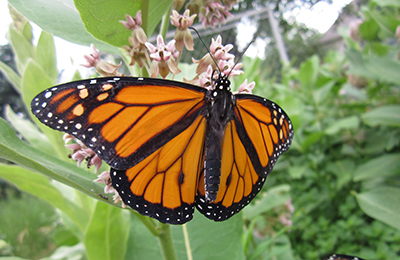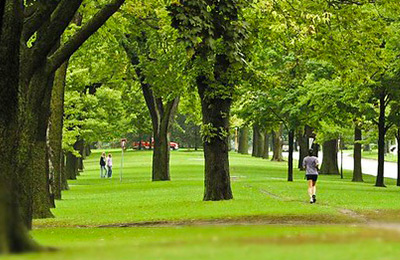Conserving water during a drought
Much of Minnesota experienced a moderate to severe drought during the summer of 2021, leading many communities to put water use restrictions in place. This was a reminder of how valuable water is.
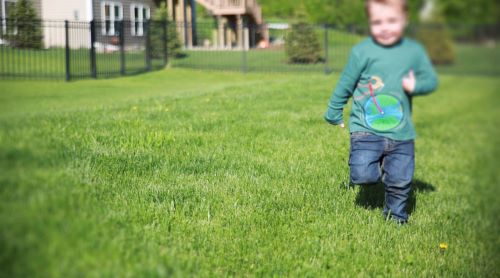
Although drought is not yet a staple of Minnesota’s changing climate, being aware of steps to conserve water and protect this valuable resource will ensure you are prepared for future climate extremes.
Drought and climate extremes in Minnesota
Drought is a naturally occurring feature of Minnesota’s climate. Some level of moderate and severe drought typically occurs in the state almost every year for at least a few weeks. Most severe drought in Minnesota is short-lived, although some droughts last longer.
Minnesota is known for variability in weather between warm and cool and wet and dry. On the whole, Minnesota’s climate has gotten much wetter and warmer, driven by more frequent heavy precipitation and warmer winters.
But projections show that in some ways, Minnesota’s climate will become more variable in the future. For example, in addition to heavier precipitation events, the potential for drought will increase in the coming decades.
Learn more about drought in Minnesota from the Minnesota Department of Natural Resources.
Ways to conserve water at home and at your workplace
Be smart about water use outside
Look around your yard and garden and consider what you even need to water. Keep in mind that brown grass is dormant and will turn green again once it rains.
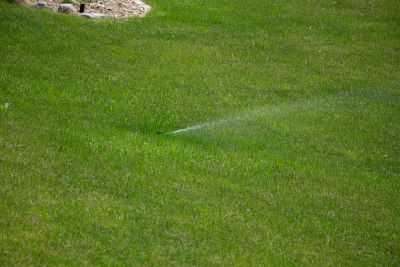
When you water:
- Check for and adhere to any watering bans your city has in place.
- Double check whether your grass needs watering by stepping on it. If it springs back, it doesn’t need water! If it stays flattened, it needs water.
- Water at dawn or dusk to avoid losing water to evaporation.
- Make sure not to overwater. Lawns only need about one inch of water a week. A simple test is to set out some coffee mugs while the sprinkler runs. If the mugs are full when you go to turn your sprinkler off, you can water for less time in the future.
In addition, if you have a pool, minimize water loss to evaporation by using a pool cover. Also be sure to repair any pool leaks as soon as you notice them.
Make sure your trees get enough water
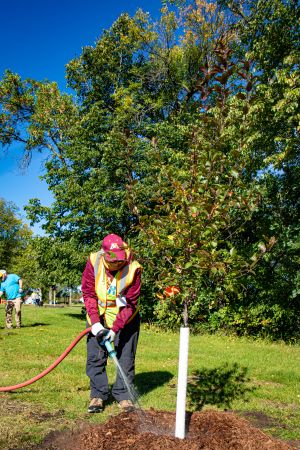
Trees play an important role in addressing climate change, and they need enough water to stay healthy. Here’s what you can do to take care of your trees:
- Checking the soil is the best way to determine when trees need water - if the soil two inches down in dry, your tree needs water.
- Morning or evening are the best times to water to reduce evaporation.
- Established trees need about 10 gallons of water for each inch of the tree’s diameter. Newly planted trees need more.
- Water slowly to ensure the water infiltrates into the root zone.
- Mulch helps prevent the soil from drying out.
Get more tips on watering trees from the Arbor Day Foundation.
Grow plants that need less water
Save on the water your yard needs, provide habitat for pollinators, and cut down on yard work by replacing grass in areas where you don’t need it, it doesn’t grow well, or is difficult to maintain. Consider creating a pollinator garden filled with native prairie plants that are drought tolerant. There are also many options for low-growing native plants that require less water. Start planning now with the tips and resources in the helping pollinators article.
Reduce water waste in your home
There are some simple steps you can take in your home to make sure water doesn’t go to waste.
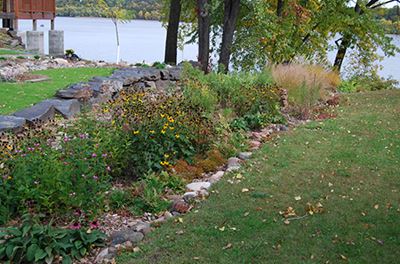
- Capture the cold water that runs while you wait for your shower or bath to warm up and use it to water plants in your home, yard, or garden.
- Install a water-saving shower head if you don’t already have one.
- Fix leaky faucets in your home. A small drip might not seem like much, but a faucet that drips five times per minute can waste up to 260 gallons of water each year! If you’re a renter, report any leaks to your building manager.
- Don’t let the water run continuously for rinsing when washing dishes by hand. Rinse all soapy dishes at once or fill a second sink with rinse water and use that instead.
- Only run your dishwasher when it’s full.
Know how much water you use
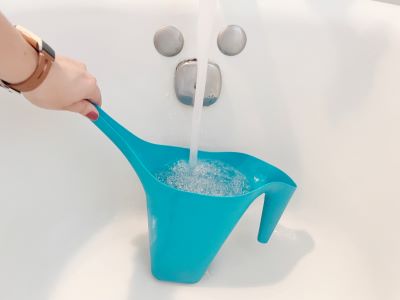
You can learn how much water you use — and the best ways to use less water — by calculating your water footprint. Your water footprint includes your tap water use and the “virtual water” used to produce your food, electricity, gas, and home goods.
Use the Water Footprint Calculator to find out how much water you use.
Be water efficient at work
Have a greater impact by encouraging water conservation at your workplace or businesses you frequent. Here are some resources to get you started:
- See tips for saving water in office buildings (PDF) from the U.S. Environmental Protection Agency.
- Learn how to minimize water use in professional environments (PDF) with water conservation tips from the Minnesota Technical Assistance Program.
- Ask hotels you visit to improve water efficiency by following these steps for saving water in hotels (PDF) from the U.S. Environmental Protection Agency.

Learn more
Get more tips on conserving water at home and in commercial settings from the Minnesota Department of Natural Resources.

